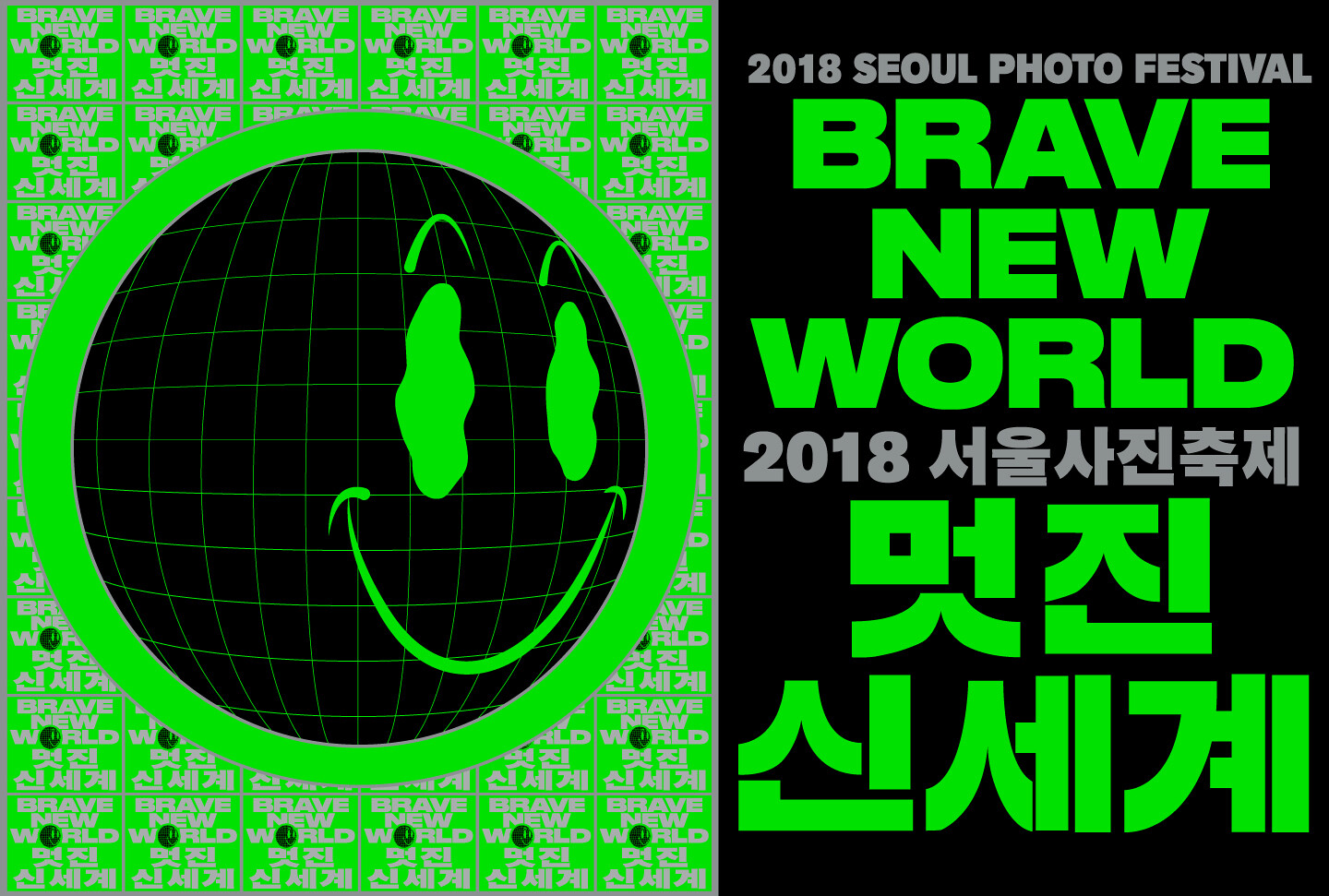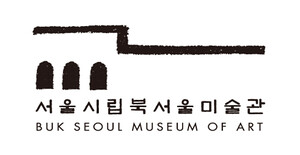2018 Seoul Photo Festival
November 1, 2018–February 10, 2019
1238 Dongil-ro, Nowon-gu
01783 Seoul
South Korea
Hours: Tuesday–Friday 10am–8pm,
Saturday–Sunday 10am–6pm
T +82 2 2124 5201
F +82 2 2124 5290
sema@seoul.go.kr
What can be Done?
2018 Seoul Photo Festival is held from November 1, 2018 to February 10, 2019. Inspired by Aldous Huxley’s dystopian novel Brave New World (1932), this show brings our attention to future societies where advanced science technologies are used to produce artificial human lives. In the future it describes, people become enslaved by science and technologies of their own creation. Here, the dignity and moral values of being humans are lost. In his novel, Huxley imaged a future world controlled by “one” system that adopts highly developed scientific technologies. The current world, similarly regulated by techne, is different from Huxley’s imagination in that now the governing system is composed in a “non-existent” manner: the concept of territory has been faded. Such loss of territory reveals the situation where there is no substance or body of human existence. In this non-existent condition of being, there cannot be something spiritual indwelling in one’s soul cannot sustain. Sartre, in his philosophy of existentialism, raises the question; “Am I really a man who has the right to act in such a manner that humanity regulates itself by what I do?” This exhibition seeks to find an answer.
Jean Baudrillard said that today’s images can represent the most obscure relationships between the real, its disappearance and people. The recent history of images can be compared with the trace of photography, the first medium of art creating images by mechanical means. As photography has turned from analogue technology to the digital, images are prone to change and lose their presence. This shift is more dramatic than the loss of tactility in early photographic images. Today, images cannot support the existence of the original scene or an event. The digitalization of images can even disprove the reality of the present world. Technology has changed not only photographic images, but also people Technology continues to renew itself, overcoming its limitations and prompts “dehumanization” of the world. Humans will eventually come to realize their own disappearance after handing over their power and right of decision to technology. The space for one’s own being will be forever lost.
At the main venue, SeMA Buk-Seoul Museum of Art, nineteen artists from six countries examine problems prompted by economic development, the polarization of system and ideology, the ambiguity of distinction between media dictatorship and facts, and the enormous environmental problems caused by humans. With these artists, this show explores the social system in which the technology is developed to the maximum extent possible. Problems regarding human existence tends to become clearer in the contemporary digital and virtual realm, raising questions about our existential conditions in the future.
At SeMA Storage, on the other hand, a special exhibition takes place, overlapping the world that follows physical rules of time with the world that does not. This show leaves us a question as to how to identify and translate the uncanny new world. At the culture complex Platform Changdong 61, we present an on-site installation where time is over-layered on space. At Art Theatre, ARTNINE, there will be screenings of films of which the subjects are related both to the current exhibition and the art of photography.
Like Sartre says, by committing oneself to one thing, men not only choose what they will do, but assume the role of a legislator who makes important decisions for the mankind. So long as we are alive, we should try not to cease to take a subjective view of the world. Not choosing to do anything might bring about a temporary peace. However, we have to aim for higher goals without giving in to the temptation of escapism. This exhibition attempts to re-emphasize this moral responsibility.


